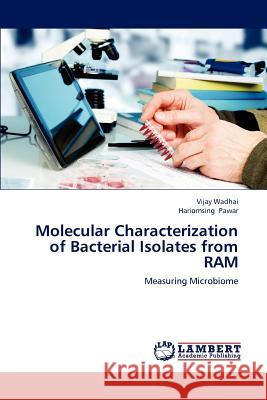Molecular Characterization of Bacterial Isolates from RAM » książka
Molecular Characterization of Bacterial Isolates from RAM
ISBN-13: 9783659154645 / Angielski / Miękka / 2012 / 88 str.
Computer hardware may act as a reservoir for microorganisms and contribute to the transfer of pathogens. This research seeks to investigate what kinds of microorganisms, especially bacteria that actually can contaminate computer hardware. Bacterial 16S rRNA genes generally contain nine "hypervariable regions" (V1 - V9) that demonstrate considerable sequence diversity among different bacterial species and can be used for species identification. We identified the unknown bacteria isolated from computer hardware by molecular detection and sequence analysis of 16S rRNA hypervariable region V4.The gene sequence obtained was studied in the region from V3-V6. Sequence similarity dendograms were created for hypervariable regions V3-V6. After complete analysis and using bioinformatics tools our investigation demonstrated that the V4 (nucleotide 576-682) contains diverse character and comparatively less distinguish than V3 and V6 for the Bacillus subtilis species analyzed.
Computer hardware may act as a reservoir for microorganisms and contribute to the transfer of pathogens. This research seeks to investigate what kinds of microorganisms, especially bacteria that actually can contaminate computer hardware. Bacterial 16S rRNA genes generally contain nine "hypervariable regions" (V1 - V9) that demonstrate considerable sequence diversity among different bacterial species and can be used for species identification. We identified the unknown bacteria isolated from computer hardware by molecular detection and sequence analysis of 16S rRNA hypervariable region V4.The gene sequence obtained was studied in the region from V3-V6. Sequence similarity dendograms were created for hypervariable regions V3-V6. After complete analysis and using bioinformatics tools our investigation demonstrated that the V4 (nucleotide 576-682) contains diverse character and comparatively less distinguish than V3 and V6 for the Bacillus subtilis species analyzed.











